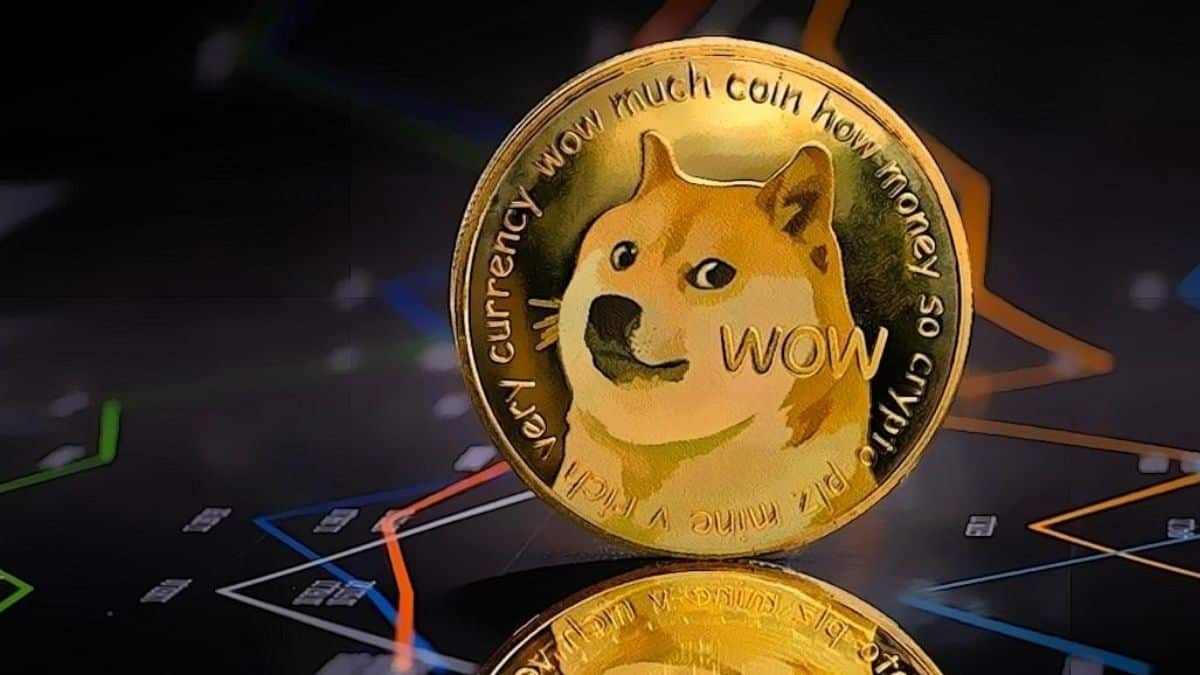Last updated on August 1st, 2022 at 10:21 am
Dogecoin, the first Meme (and Dog) Coin, is an alternative to Bitcoin, Litecoin, Ethereum, etc.
When Elon Musk, Snoop Dogg, Mark Cuban, and Gene Simmons take a ‘joke’ seriously, it comes as no surprise if the joke starts to buy the favor of the public in whopping numbers.
And given certain circumstances, viral jokes often become serious matters (like when the joke is a store of value and an eye-catching investment opportunity).
Dogecoin was created on December 6, 2013, when two software engineers, Billy Markus and Jackson Palmer, decided to create a virtual currency to serve as an ultra-friendly version of other cryptocurrencies like Bitcoin.
The electronic coin uses the Shiba Inu dog breed as its mascot, an apparent move by the creators to indicate how much of a joke they intend to make out of the controversies and speculations surrounding the cryptocurrency market at the time.
Dogecoin eventually surged beyond a mere joke and travelled pretty fast to be among the big shots in the space of virtual currencies. Today, Doge is valued at around $45 billion in the cryptocurrency market.
What is Dogecoin? – Dogecoin Defined
Dogecoin is a digital coin, created and sustained on Blockchain technology. It is a currency, and as such can be used for indirect trade and related financial transactions without the interference of any third parties like governments, banks, and other intermediaries.
As is the case with other cryptocurrencies, Dogecoin is decentralized. But unlike Bitcoin, Dogecoin is developmentally patterned like Tenebrix and Litecoin, seeing it uses a simplified variant of scrypt as its proof of work (Bitcoin uses SHA256 as its proof of work).
The coin is a peer-to-peer and open-source network, a nearly laughable (as in sarcastic) or lighthearted and easy-on-the-brain virtual currency—it was intended to be an alternative to other hard-selling cryptocurrencies.
What are the Differences between Dogecoin and other Cryptocurrencies?
So far, all cryptocurrencies have at least three features in common: They’re all digital or internet money; they run on Blockchain technology, and they’re quite volatile.
However, several factors distinguish doge from Bitcoin and other cryptocurrencies. Here are the most striking ones, worthy of note:
- Dogecoin, the joker, doesn’t employ the same proof of work protocol as Bitcoin and many others. While Bitcoin uses SHA256, Dogecoin, like Tenebrix and Litecoin, uses a simplified variant of scrypt.
- Perhaps most disturbing (or comforting, depending on your investment schemes and choices) is the difference in supply. As it stands, Dogecoin mining is wild—an unlimited supply makes it perfect for speedsters. Your vehicle can do without brakes on this highway. The same is not the case for Bitcoin, as the supply is limited to 21 million tokens.
- Seeing the wide lines in supply between Dogecoin and Bitcoin, it’s easy to tell that one is more volatile than the other. And if you’re guessing Doge, you’re right. Having no cap, it inflates as freely as wind blown into a deflated balloon. With an unlimited supply, Dogecoin is way more unstable than its father, the Bitcoin.
- In contrast with Dogecoin, it requires a much more robust mechanism, electric, and human resource supply to mine Bitcoin.
- Bitcoin, Ethereum, etc., are way more universally acceptable than Dogecoin. For some, even crypto traders and investors, it’s still as much a joke as its creators intended it.
Final Thought
If you’re looking to invest in cryptocurrency, particularly as a beginner, the most important thing to keep in mind is that they’re super volatile. Over the past twelve months (June 2021- June 2022), Doge has been fluctuating in value. You should find out all you need to know about Dogecoin or any other cryptocurrency before diving in to trade or invest.

